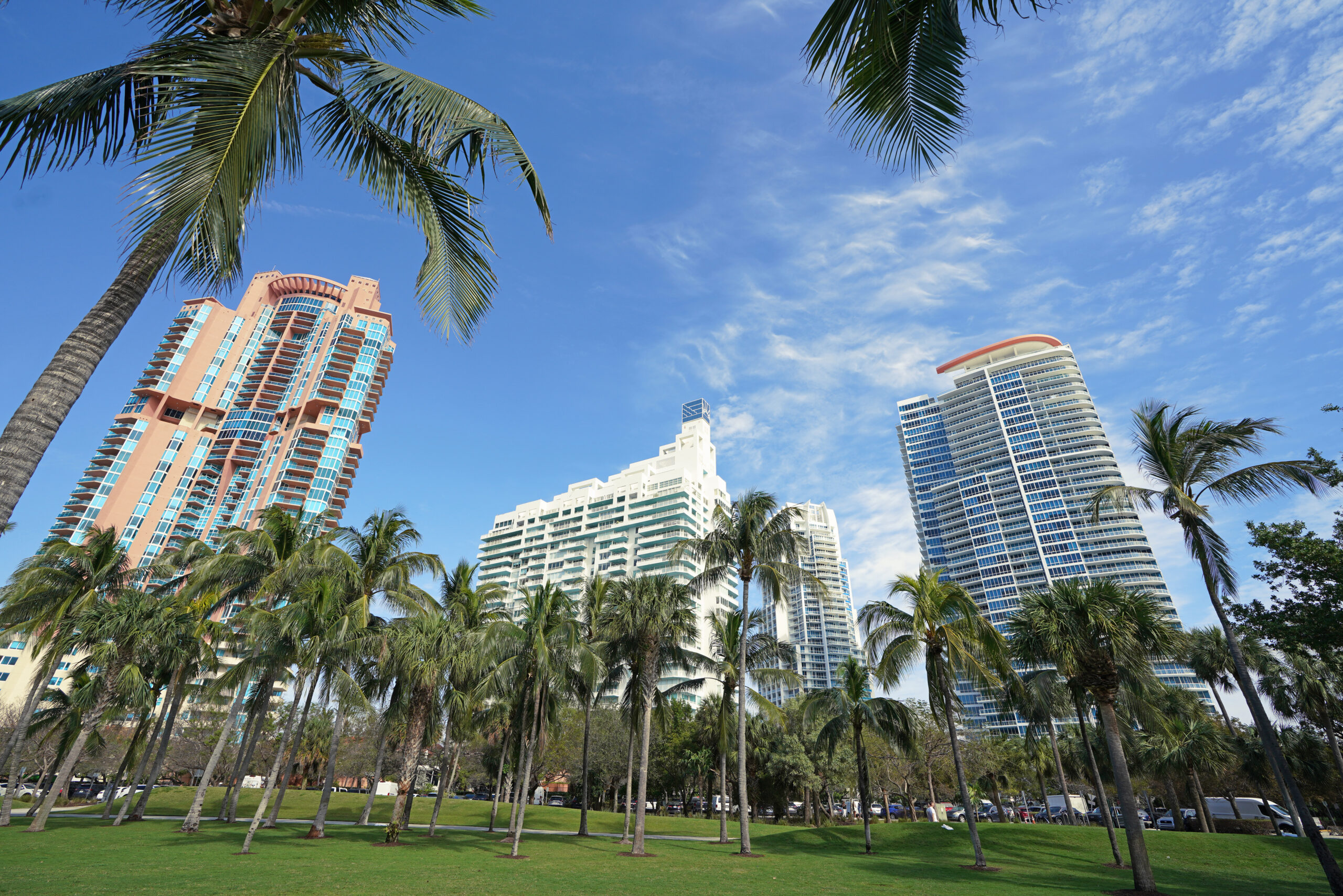Continuing our series, From Ivory Towers to Main Streets, we explore the gritty realities of urban development. In this series, we challenge conventional economic theory, academic research, and top-down urban planning approaches by confronting them with real-world examples. Economic development is too often seen through the lens of planners, bureaucrats, and academic think tanks, who treat cities like laboratories for their theories. However, true economic development is messy, unpredictable, and deeply tied to the unique dynamics of individual communities. This series breaks down those Ivory Tower concepts and reframes them into practical, community-based approaches prioritizing the people living and working in these neighborhoods.
In today’s article, the second of a three-part miniseries, we dive deeper into the issues of forced gentrification in Santa Ana, California, and Miami Beach, Florida. Both cities employed zoning changes and redevelopment strategies that led to displacement and property devaluation. By examining these cases side-by-side, we highlight the failure to engage with existing communities and discuss the dangers of imposing top-down visions for progress. This exploration was prompted by an article by Steven Greenhut that we saw in Reason.
The Zoning Strategy That Drives Out Communities
Urban planners and city officials often argue that zoning changes are necessary to modernize neighborhoods and encourage economic development. In Santa Ana and Miami Beach’s South Pointe area, these zoning shifts were justified as steps toward progress: transit-oriented development or creating upscale housing districts. But in reality, these changes ignored existing communities’ economic and social needs and imposed artificial pressures that ultimately displaced the people meant to benefit from the redevelopment.
In 2024, Santa Ana’s City Council approved a zoning overhaul in the SD-84 Transit Zone, with a goal to replace industrial properties with high-density housing to meet state-mandated housing requirements. The city’s focus was on creating new housing opportunities, particularly for those in higher income brackets, while claiming environmental justice goals in mitigating pollution near residential areas.
However, the process neglected the industrial businesses that have been the backbone of the local economy for decades. Santa Ana’s zoning change and the building moratorium put these businesses in a regulatory chokehold. Business owners who had invested in their properties and contributed jobs to the local economy suddenly found their hands tied: They could neither expand nor sell their properties at full value, leading to dramatic devaluation. This is forced gentrification disguised as urban planning: driving out industrial businesses under the pretext of progress.
The consequences of this strategy are severe:
- Job Losses: Santa Ana is sacrificing well-paying jobs for high-density residential projects by pushing out industrial businesses. These zoning changes create a less economically diverse future for the city, forcing out sectors that may no longer fit into the city’s new vision but are crucial to its overall economic health.
- Devaluation of Land: Business owners, many of whom had built or improved their properties since 2007, are now watching their investments crumble. The city’s actions have devalued industrial land, making it impossible for property owners to sell or develop it for anything other than residential use—often at a significant financial loss.
Miami Beach’s South Pointe: Displacement for the Wealthy
The parallels with Miami Beach’s South Pointe redevelopment are striking. In the late 1970s, the City of Miami Beach sought to redevelop its South Pointe area, transforming it from a low-income, working-class neighborhood into a luxury residential and commercial district. The city’s grand vision was to replace affordable housing with luxury condos and upscale hotels, catering to wealthier residents and tourists.
Just as in Santa Ana, the city imposed a building moratorium that froze property development and prevented any improvements or renovations. Long-term residents, many of whom were elderly and low-income, were effectively pushed out as the city began buying up properties, sometimes through eminent domain, to clear the way for new development.
The strategy of rezoning South Pointe to suit future high-end residents while disregarding the current population created widespread displacement:
- Displacement of Low-Income Residents: The gentrification of South Pointe wasn’t organic; the city’s redevelopment plan intended to force it. Thousands of residents were relocated, often with little compensation or regard for where they would go. Replacing affordable housing with luxury developments sent a clear message: the city’s vision didn’t include its most vulnerable citizens.
- Cultural and Economic Loss: The redevelopment plan erased the cultural and economic diversity that had defined South Pointe for decades. By focusing solely on the needs of future, wealthier residents, the city failed to recognize the value of the neighborhood’s long-standing community and its contribution to Miami Beach’s character.
In Santa Ana and South Pointe, zoning changes were touted as necessary for modernization and economic growth. However, these cities failed to acknowledge that gentrification under the guise of progress comes at a tremendous social and economic cost. By prioritizing new developments for wealthier residents, they ignored the needs of the communities already in place. Forced gentrification doesn’t just disrupt a neighborhood; it undermines the economic stability and social fabric that make cities vibrant.
Both cases reveal a common pitfall in modern urban planning: pursuing speculative future benefits at the expense of current economic realities. Rather than building on the assets already present in these communities, Santa Ana and Miami Beach pursued top-down strategies that devalued the economic contributions of local businesses and displaced thousands of people.
In Santa Ana, rather than pushing out industrial businesses, the city could have developed a strategy that integrated housing with industrial zones. Many cities have successfully created mixed-use developments that allow housing and industrial uses to coexist, generating jobs and housing without displacing either.
In South Pointe, rather than clearing out low-income housing, Miami Beach could have invested in upgrading infrastructure and improving public spaces while preserving the neighborhood’s character. Preservation doesn’t mean halting progress; it means working with what already exists and enhancing it for everyone.
Urban planning doesn’t have to be a choice between economic growth and community preservation. Real economic development requires getting your hands dirty, working directly with the community, and respecting the local businesses and residents who make up the social and economic fabric of the neighborhood.
The forced gentrification in Santa Ana and Miami Beach’s South Pointe highlights what happens when cities ignore this balance. But it also offers a pathway forward; one where preservation, enhancement, and community engagement can drive progress without leaving anyone behind.
In our next article, we’ll examine how policies that fail to account for cash flow and the day-to-day realities of local businesses lead to stagnation and displacement, and how cities can adopt a more balanced approach that fosters growth while supporting economic diversity.




Comments are closed